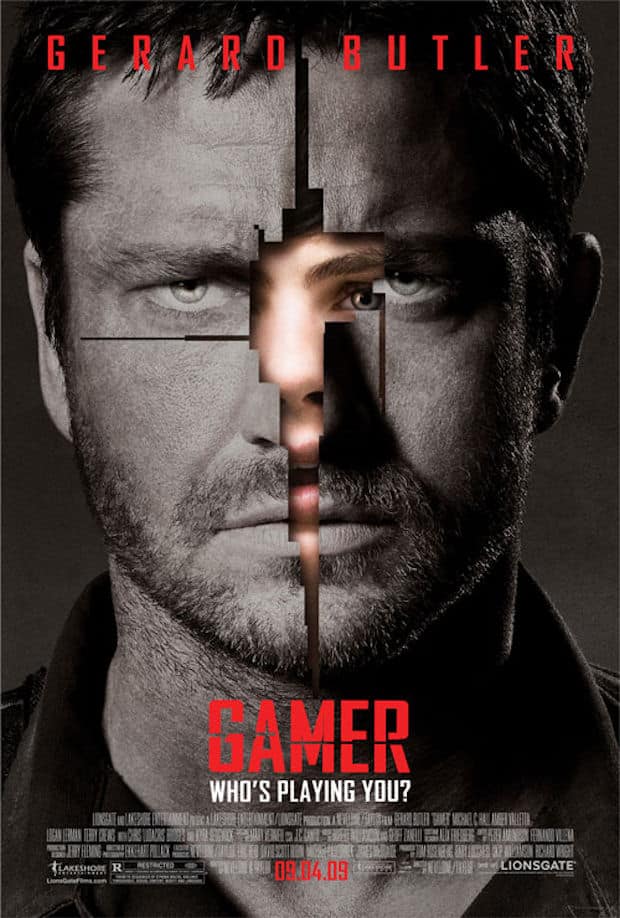John Mayer is the first artist that has made an augmented reality videoclip. To start the video you have to download a symbol on your mobile phone which you have to hold before your camera on your computer (in the example video there is made use of a Macbook). The moment the camera captures the symbol the video starts. In it you can see John Mayer playing his song Heartbreak Warfare in some kind of living room. By moving the mobile phone the living room mimics these movements. So when you move away from the camera the room becomes smaller and when you tilt the phone the living room also moves. This is an interesting development since our surroundings become more and more interactive and a medium as television is still quite static. Although there exists digital tv where you can skip commercials and watch shows whenever you want, you are not actively involved in shaping the programm itself. With the implementation of a camera in our televisionscreens this becomes possible.

The same concept is used by Doritos where they made Blink 182 perform in a bag of crisps. To be able to see this special concert you had to buy a bag of their chips with a special taste (Late Night). On the bag was also a picture which you had to hold before your screen to make the video start. This brings up another possibility of the use of augmented reality. Artists were already linked to certain brands to increase their popularity, but now this becomes much more interesting and people will be more attrackted to these devices since they are a lot more personal.
This concept creating a personal approach is the most important aspect of augmented reality. It makes it possible to perceive an image or video in an unique and personal way. You can somekind shape your own reality. I think it is interesting to question the possible consequences of this development since people will use the device in different ways. Although the examples above are only small projects you could theoretically lay an extra layer over our whole 'normal' reality and create your own world. An application on bigger scale hereby could be the architecture and appearance of buildings since virtual layers of contextual information could overlay the built space.
In the article 'The Poetics of Augmented Space' (2006) Manovich talks about these possible applications of augmented reality in our daily life. He hereby concentrates on the concept of space and describes the above concept as augmented space. He states there is a close connection between monitoring and augmentation in our high-tech society since you need to have information about a person to be able to offer personalized information. The overlaying is therefore often only possible by tracking and monitoring the users. So therefore augmented space is also monitored space.1
The technology of augmented space makes is possible to add new dimensions to the 3D physical space which makes it multi-dimential. Therefore the psysical space contains many more dimensions than before. This has as a consequence that the old geometric dimension loses a part of its importance. This can be understood as part of a larger paradigm shift. Modern society is no longer organised around the straight lines of human sight...2 So although now the applications of augmented reality are only on small scale and most of all a lot of fun, they will have a lot of influence on and consequences for the future of not only our world image but also on the way our society will function.
Making of video's
1 Manovich, Lev. “The Poetics of Augmented Space” (2005), p. 8.
2 Manovich, Lev. “The Poetics of Augmented Space” (2005): p. 8.

